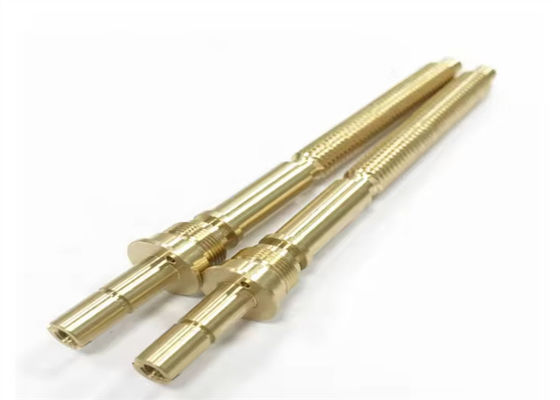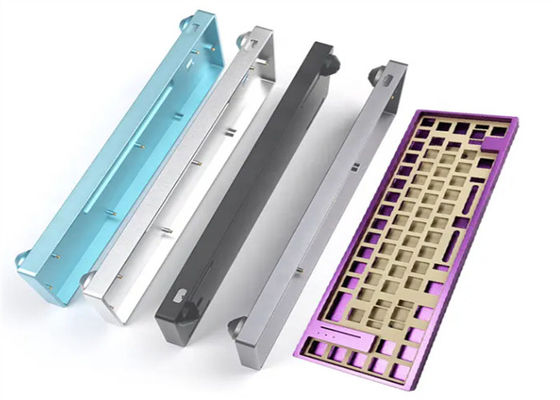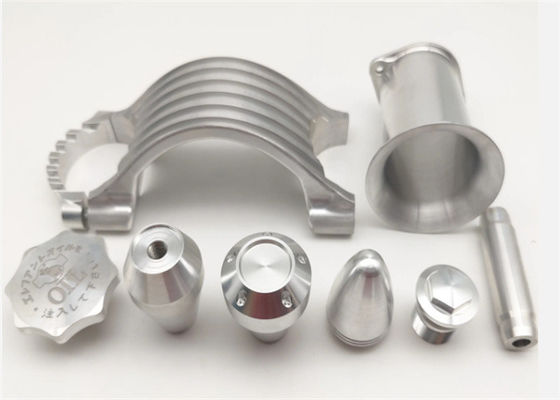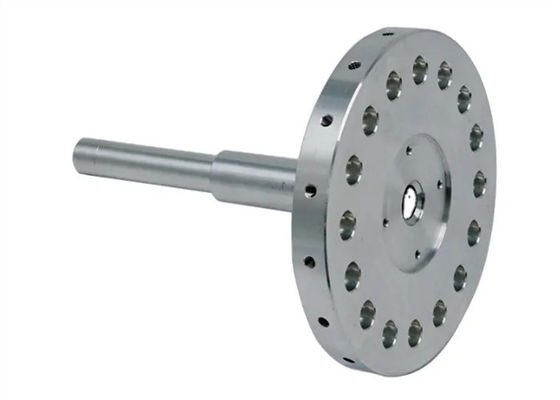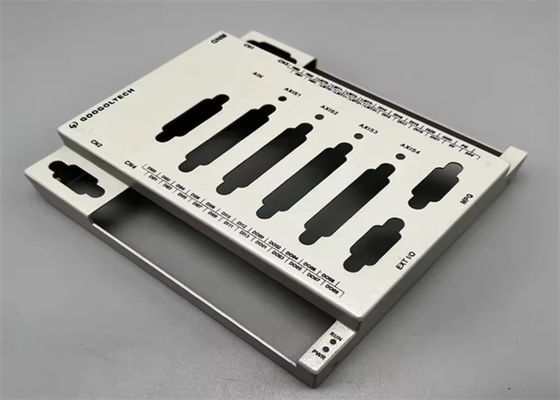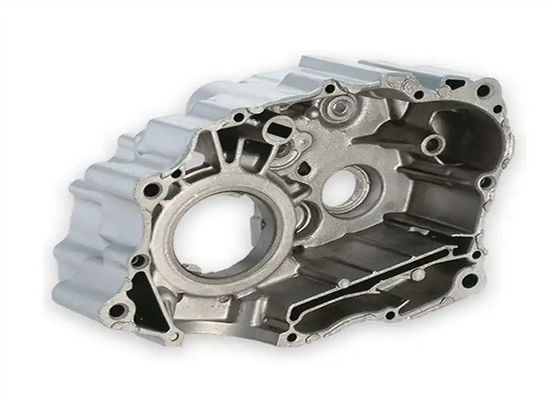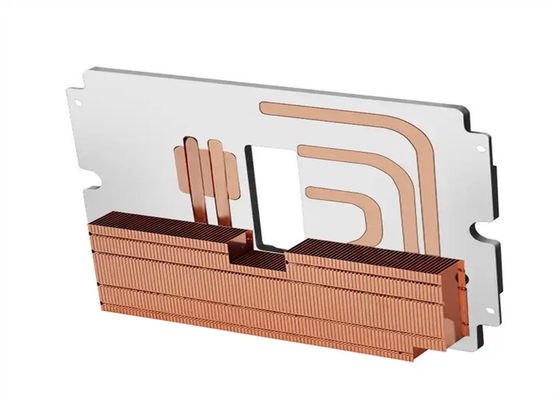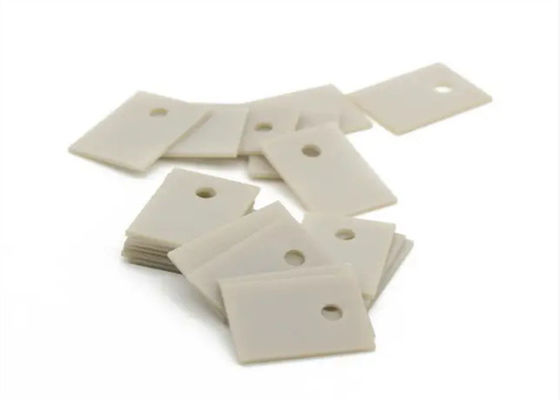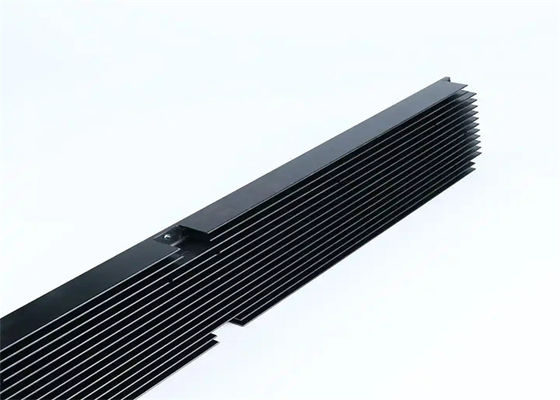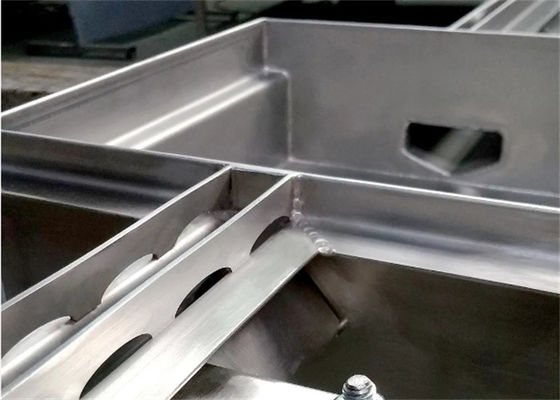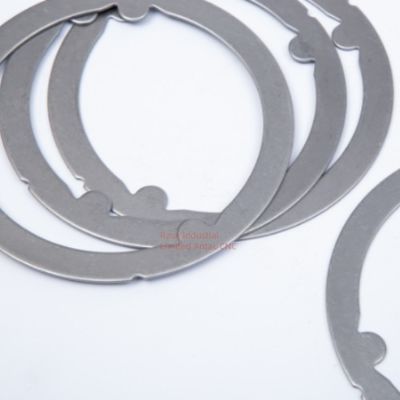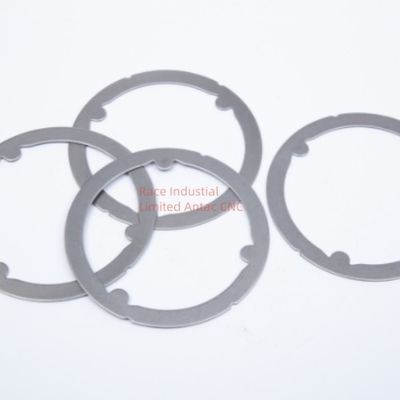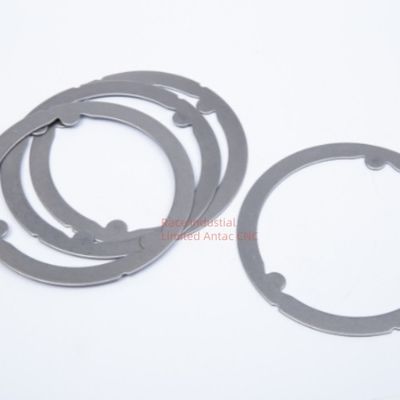In the sweeping wave of Industry 4.0, the stamping sheet metal process has emerged as the "invisible pillar" of advanced manufacturing industries in Europe and the United States. This technology, which shapes metal sheets through presses and precision molds, penetrates deeply into iconic products such as Tesla's streamlined vehicle bodies and Apple's ultra-thin device casings, redefining industrial aesthetics and performance standards with its unparalleled precision and flexibility.
In the automotive manufacturing sector, stamping sheet metal serves as the cornerstone of traditional vehicle body craftsmanship. Every component, from the roof and door panels that combine aesthetics and safety, to the vehicle frames and sub-frames that support the entire structure, and even the internal seat frames, embodies the ingenuity of the stamping process. Through stamping and forming with micron-level precision, it not only endows vehicle bodies with excellent impact resistance but also achieves a breakthrough in lightweight design, providing crucial support for extending the range and optimizing the energy efficiency of new energy vehicles.
In the electronics and electrical appliance industry, stamping sheet metal also plays an indispensable role. Take Apple devices as an example: the high-precision assembly of its computer cases, enabled by the stamping process, ensures the safety of internal components while creating a seamless and exquisite appearance. The precise sheet metal structural parts inside mobile phones, with nanometer-level machining accuracy, perfectly balance electromagnetic shielding and spatial layout, ensuring stable device operation.
The aerospace field's extreme pursuit of material performance brings the advantages of the stamping sheet metal process to full play. Lightweight components of aircraft fuselages and wings, as well as high-precision shells of rocket fairings, all rely on this process to achieve the perfect balance between high strength and low weight, laying a solid technological foundation for humanity's exploration of the sky and the universe.
The technical advantages of stamping sheet metal are exemplary in the industry: precision molds ensure micron-level accuracy and high consistency of components; the large-scale production model significantly reduces manufacturing costs; with a wide range of material adaptability, from basic aluminum sheets to high-strength alloy steels, it can meet diverse application scenarios; various mold types, such as progressive dies, compound dies, and transfer dies, provide flexible solutions for the manufacturing of complex components.
In the current thriving era of intelligent manufacturing, European and American enterprises are accelerating the intelligent transformation of stamping sheet metal. Fully automated production lines integrate AI visual inspection and intelligent control systems, achieving unmanned operation throughout the entire process from feeding to quality inspection, with a production efficiency increase of over 40%. Meanwhile, the application of new materials like high-strength lightweight alloys, combined with cutting-edge technologies such as nano-coatings and laser surface treatment, has brought about a qualitative leap in the corrosion resistance and wear resistance of sheet metal parts, continuously empowering the global manufacturing industry to move towards high-end development.

 Your message must be between 20-3,000 characters!
Your message must be between 20-3,000 characters! Please check your E-mail!
Please check your E-mail!  Your message must be between 20-3,000 characters!
Your message must be between 20-3,000 characters! Please check your E-mail!
Please check your E-mail! 
